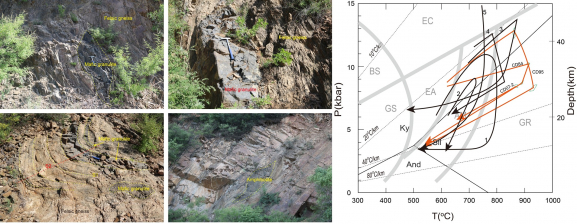 HKU Department of Earth Science
HKU Department of Earth Science
News

Diverse subduction and exhumation of the late Paleoproterozoic tectono-metamorphic slices: Insights from the Chengde Complex, the North China Craton
Applied Earth Sciences | January 25, 2022
One of the most fundamental scientific questions is when plate tectonics started on Earth. Researchers have proposed that modern-style plate tectonics operated in either the Neoproterozoic, Neoarchean, Paleoproterozoic, Mesoarchean, Eoarchean, or even the Hadean either in some local places or on a global scale. Metamorphic rocks are important constituents of orogens and enable people to understand tectonic process at a mineral scale. Though high pressure (HP) or ultra-high pressure (UHP) rocks are the key petrological indicators of subduction in young orogens, they are rarely found in early Precambrian orogenic belts. Identification of early Precambrian subduction-related blocks, litho-structural assemblages, metamorphic, and geochronologic features can also provide important clues in discerning orogenic process and in understanding plate tectonics of the early Earth.
The Chengde Complex located at the northern part of the North China Craton is composed of imbricate subduction-related blocks with different protoliths and ages, metamorphic grades, and ages preserved within the paragneissic matrix deposited in the late Paleoproterozoic. Such unordered juxtaposition of diverse subduction-related a contrasting metamorphic features and ages can demonstrate early Precambrian orogenic processes and the existence of plate tectonics.
Additional information: Ms. ZHANG Hui, u3006475@connect.hku.hk
